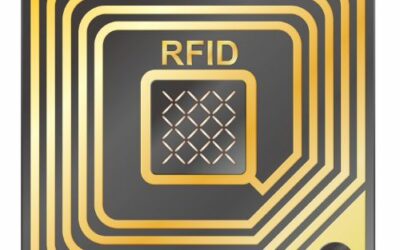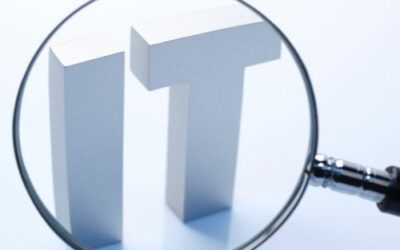Fixed asset RFID tracking can feel like a strange world from the outside. It is becoming more commonly spoken about and better known, but a lot of the requirements you need as a business are still murky, which creates a barrier for many businesses.
There are a few barriers to adoption that SMEs face or, at least, think they do. This is as for years these difficulties have been substantial. They include:
- Set up costs
- Development costs
- Lengthy setup time
- In-depth technical knowledge of RFID required
- Middleware, and therefore liaison, required
- Running costs
Due to a variety of mitigations, fixed asset RFID tracking is now available to SMEs as software can be purchased off the shelf, hardware can be rented and middleware is no longer required, meaning fixed RFID tracking is plug-and-play.
What Are The Benefits Of Fixed Asset RFID Tracking?
Fixed asset RFID tracking comes with many benefits, some immediately clear and others less so. To fully leverage the benefits, you need to set up your asset tracking software correctly.
This means that your backend needs to have assets, asset information, and asset data and locations logged correctly. Then, you can take your fixed asset RFID tracking further.
This is as, once the data is there, you can completely automate the location tracking elements of your fixed RFID asset tracking, therefore losing fewer assets and keeping an eye on where everything is.
Less immediately obvious benefits include health and safety as well as speed. This is as, whether you’re using a handheld RFID reader or a fixed reader, you do not have to physically interact with your assets to account for them and can instead track them from a distance.
Total Asset Tracking Automation
As mentioned, with fixed asset RFID tracking, you can have total asset tracking automation. One of the ways this is being used at the moment is in healthcare, with hospitals tracking dialysis kits as they move between wards.
The fixed RFID readers pick up RFID asset tags when they enter or exit a room, logging the change automatically. Overall, this gives the user more accuracy over their audits and more control, as well as saving them weeks of time a year.
These time-saving benefits can be applied to any number of different cases and show a clear benefit of how you can leverage fixed RFID asset tracking. In the past, getting such a seemingly simple benefit was an ordeal that included bespoke app development, high costs, and complicated liaison between companies. Now, you simply need to purchase a reader and a software subscription to start setting up.
The user also maintains manual control, if needed, through the use of handheld RFID asset tracking. This is as RFID tags can be read by any number of hardware, making them not specific to one type of reader.
Handheld RFID Asset Tracking
Handheld RFID asset tracking is incredibly helpful for manual interactions with assets. When used in tandem with fixed RFID asset tracking, your fixed readers can pick up when an asset enters a room. Then, if you need to run an audit on that room, you can simply use a handheld reader.
Your fixed asset tracking software will make it clear when an asset hasn’t been seen in a while, making it easier for you to pinpoint any errors or anomalies, allowing you to investigate with your handheld reader.
You can also bulk add assets to a location and scan from a distance with any RFID technology. This means that high-value asset tracking is more effective when you use RFID technologies, as you can conceal tags so as not to affect the value of your assets.
itemit’s Asset Tracking Software
itemit’s asset tracking software is a powerful, customisable system. With itemit, you can mix and match asset tracking technologies including barcodes, QR codes and RFID tags, as well as GPS trackers.
itemit makes leveraging the benefits of fixed asset RFID tracking incredibly simple. With itemit, it really is a simple case of logging and tagging your assets and connecting your reader, then linking it to a location. Then, you can start seeing the results right away.
You can also view, manage and edit reports when you use itemit, making it simple to export your fixed asset register. This is great when it comes to tax and insurance operations as you can prove that your assets are getting tracked responsibly.
To find out more about how itemit can benefit your business, and how you can save weeks of time tracking your assets, you can contact the team at team@itemit.com. You can also start a free trial using the form below. We look forward to speaking soon!

Try itemit
Choose a better way to track
your assets.
Start your free 14-day trial now!

Keep Learning
itemit Blog
Tips, guides, industry best practices, and news.
IT Asset Management Made Simple
Having trouble organising your IT assets? Read this post now to find out how using IT asset inventory software can help immensely!
How To Get Started With RFID
How does RFID tracking work and how can you begin to get started with it? Read this article as it explains everything you need to know!
What IT Asset Management Is And Why You Need it
An IT asset management system can make a huge difference in your workplace. It can help you to have more control over your IT assets. Read more here!



